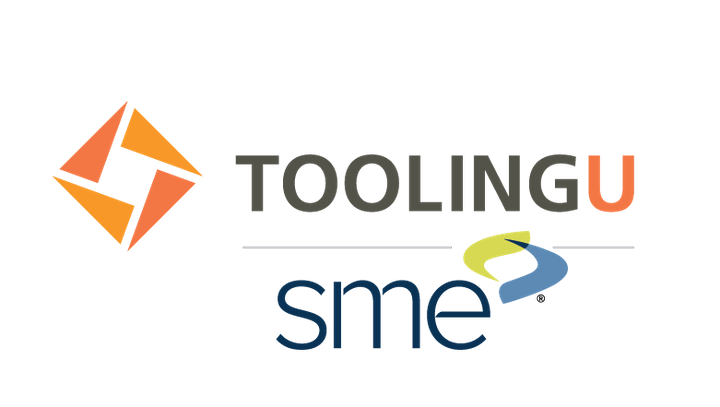Drill Tool Geometry provides an overview of each tool angle for a drill, including point angle and helix angle, and details the impact that each angle has on a cutting operation. Changing the size of each cutting angle offers a tradeoff between cutting edge strength and cutting forces. Cutting tool angles must be optimized to each unique combination of workpiece material, tool material, and part feature. Proper drill geometry can prolong tool life, optimize finished part quality, and greatly improve productivity. After taking this class, users will be able to identify and implement proper tool geometry for dill cutting processes. Improper drill tool geometry leads to premature tool wear and failure, poor surface finish, and slower speed and feed rates. Poor drill geometry can also cause deflection, which creates holes at incorrect locations and with poor tolerance. These issues increase manufacturing costs, create waste and scrapped parts, and slow production rates.
Course ID
260248
Skill Focus
Advanced
Instructor(s)
Tooling U - SME
Employee Type
None
Method of Delivery
Online
Estimated Effort
60
Cost
Contact For Pricing
 Tooling U - SME
Tooling U - SME